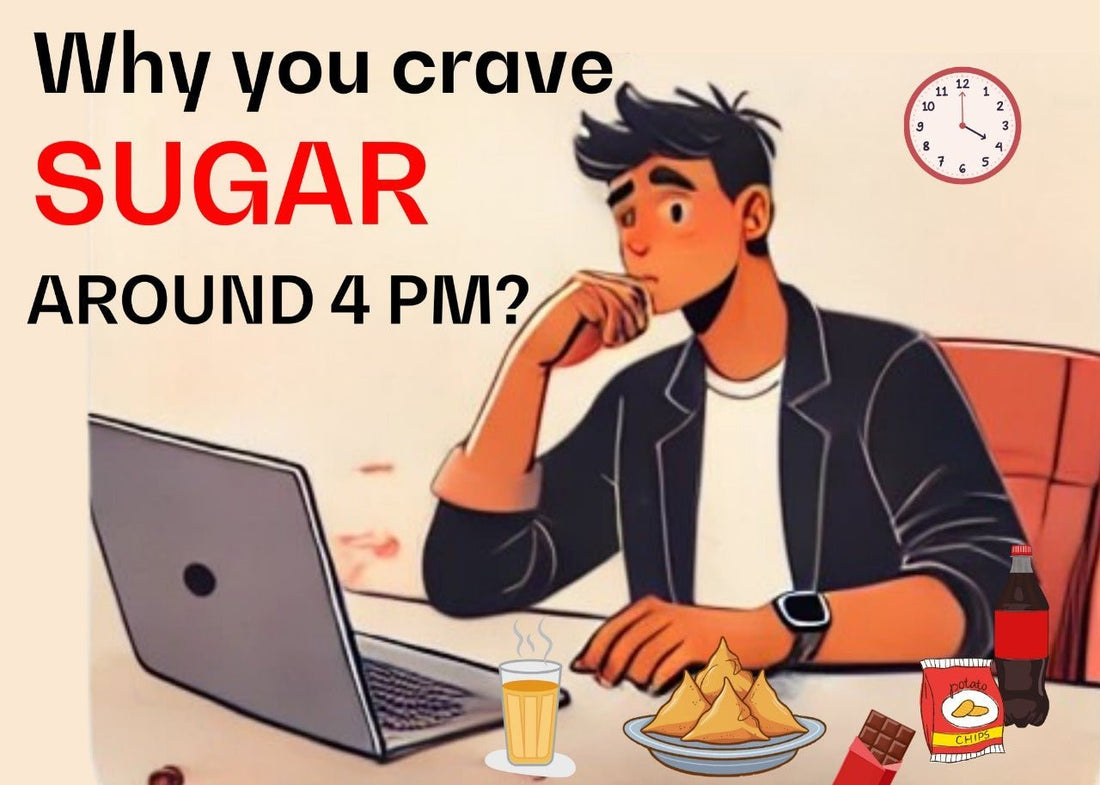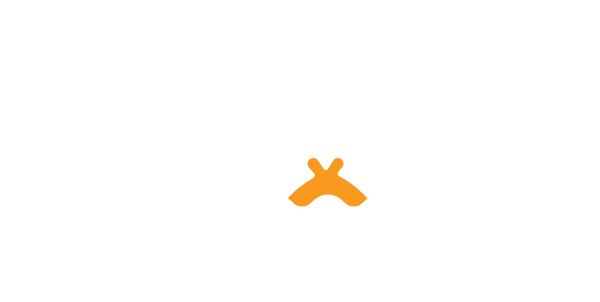
The Science Behind the 4 PM Sugar Craving And How to Fix It for Good
SHAILENDRA YADAVShare
Why You Crave Sugar at 4 PM — And What to Do About It
Ever feel that irresistible urge for something sweet right around 4 PM? —maybe a chocolate bar, a biscuit, or a sugary chai. You’re not alone. This craving isn’t random; it’s deeply tied to your body’s natural rhythms and biochemistry.
The Science Behind the 4 PM Sugar Craving
Circadian Rhythms & Blood Sugar Fluctuations
Our body follows a circadian rhythm, a biological clock that regulates energy levels throughout the day. One of its natural dips happens mid-afternoon, usually between 2 PM and 5 PM, leading to fatigue and a strong craving for a quick energy boost.
After a carb-heavy lunch, your blood sugar spikes. Your pancreas releases insulin to bring it down — sometimes too quickly. This sudden drop in blood sugar triggers that classic sugar craving.
The Role of Cortisol & Insulin
Cortisol, the stress hormone, is naturally high in the morning and declines as the day goes on. But under stress, it stays elevated — increasing insulin levels and sugar cravings, especially in the afternoon.
Dopamine & Serotonin: Why Sugar Feels So Good
Sugar triggers dopamine (the “reward” hormone) and temporarily boosts serotonin (the “feel good” hormone). This makes you feel better — briefly. But it also trains your brain to keep wanting more.
How Your Diet Contributes
High-Glycemic Foods & The Sugar Crash
Foods like white rice, bread, and sugary snacks cause a fast sugar spike and a quick crash — leading to more cravings.
Processed Carbs vs. Fiber-Rich Carbs
Processed carbs digest rapidly and spike insulin. Fiber-rich carbs like dal, vegetables, and fruits digest slowly, keeping your energy steady.
The Role of Protein & Healthy Fats
Protein and good fats slow down digestion and stabilize blood sugar — that’s why snacks like nuts or peanut butter keep you full longer.
Scientific Studies & Data
- 2019 Study: Sugar provides an energy spike followed by a faster crash and more fatigue.
- American Journal of Clinical Nutrition: Protein- and fiber-rich foods slow glucose absorption and reduce cravings.
Practical Fixes with Scientific Backing
The "Second Meal Effect"
Eating fiber and protein early in the day helps maintain better blood sugar control all day — including at 4 PM.
Magnesium & Chromium: Anti-Craving Minerals
- Magnesium: Helps regulate blood sugar. Found in nuts, seeds, spinach, dark chocolate.
- Chromium: Helps insulin work better. Found in broccoli, eggs, whole grains.
Final Thought: Sugar Isn’t the Enemy
Cravings are natural. But when you understand them, you can take control. Next time the 4 PM crash hits, reach for a protein- and fiber-rich snack — like peanut butter with jaggery on toast or roasted nuts. Your brain and body will thank you.
FAQs
Your lunch may be high in refined carbs, causing a blood sugar crash. Add protein, fiber, and healthy fats to keep energy steady.
They reduce calories, but may still trigger cravings. Natural sweeteners like jaggery or dates are better.
Yes. Poor sleep affects hunger hormones, making you crave sugary foods for quick energy.
No. Fruits contain fiber and nutrients that slow sugar absorption and prevent crashes.
Yes. It contains protein, healthy fats, and fiber — all of which stabilize blood sugar. Look for natural peanut butter with no added sugar, or with jaggery.







